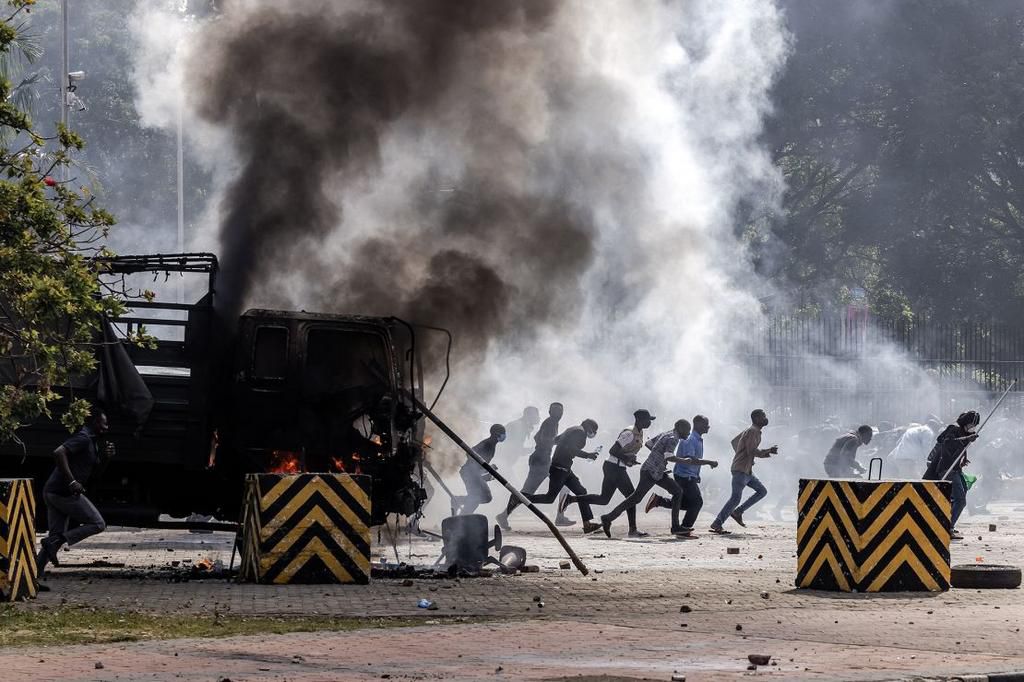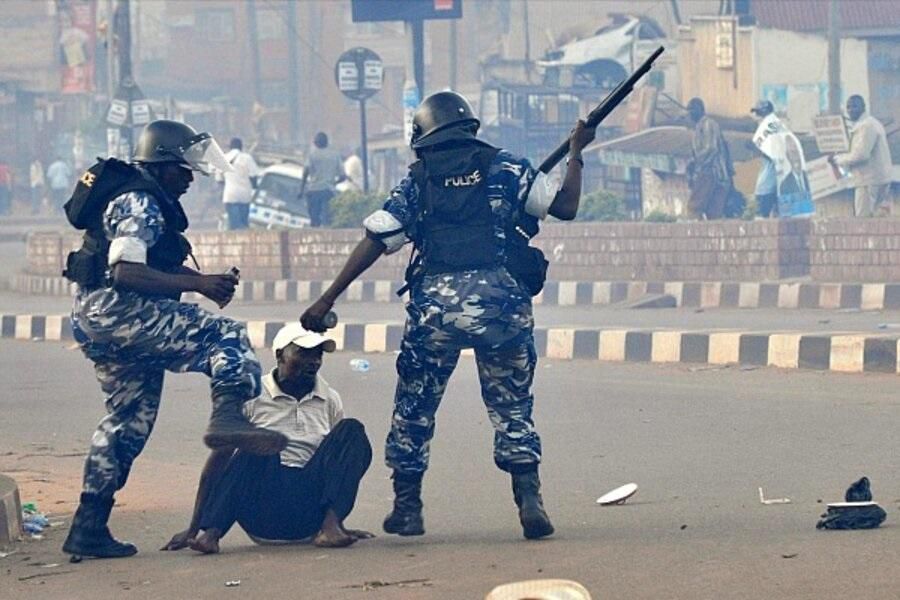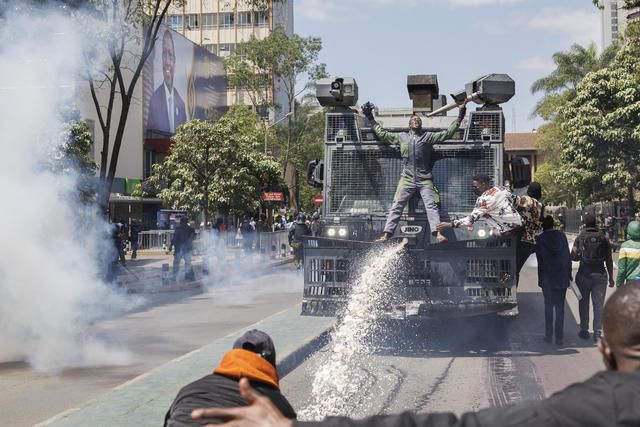Key differences in violent protests: Kenya vs. Uganda
)
This article explores key distinctions between Uganda's major riots, stretching from the Kabaka Riots of 2009 up to the 2020 Kampala Riots, and the recent tax bill riots in Kenya. The comparison covers causes, participants, tactics used by rioters, armed forces responses, and the extent of damage and injury.
Causes
In Uganda, the Kabaka Riots of 2009 were primarily triggered by political and cultural tensions. The government barred the Buganda King, Ronald Muwenda Mutebi, from visiting certain areas, which ignited violent protests among his supporters. Similarly, the 2020 Kampala Riots were fueled by the arrest of opposition leader Bobi Wine, reflecting deep political discontent and demands for democratic reforms.
In contrast, the recent protests in Kenya were economically motivated. The controversial Finance Bill 2024, proposing significant tax hikes, was the primary cause. Kenyans, particularly the youth, protested against the increased financial burden in a country already grappling with high living costs.

Participants
The participants in Uganda's riots have largely been supporters of political and cultural leaders, such as the Baganda youth during the Kabaka Riots and supporters of Bobi Wine in 2020. These protests often included organized groups with strong ties to cultural institutions or political movements.
In Kenya, the participants were more diverse, including a wide range of citizens affected by the proposed tax hikes. The "Occupy Parliament" protests saw participation from various social strata, including young professionals, activists, and ordinary citizens united by economic grievances.
Tactics Used by Rioters
Ugandan rioters have employed tactics such as road blockades, burning debris, and direct confrontations with security forces. During the Kabaka Riots, protesters burned vehicles and attacked police stations with hidden weapons like machetes. The 2020 Kampala Riots saw similar aggressive tactics, with widespread roadblocks and destruction of property.

Kenyan protesters, on the other hand, organized primarily around strategic locations like the Parliament. The "Occupy Parliament" protests involved peaceful sit-ins, chanting, and symbolic acts such as wearing black attire. However, when faced with police resistance, some groups resorted to more aggressive tactics, including attempting to storm the Parliament building.
Armed Forces Responses
The response from Ugandan security forces has been marked by severe crackdowns. During the Kabaka Riots, the police and military used lethal force, resulting in numerous fatalities and injuries. Reports indicate that security forces fired indiscriminately, sometimes into homes, and conducted brutal mass arrests. The 2020 Kampala Riots saw similar heavy-handed responses, with security forces using live ammunition and engaging in violent crackdowns on protesters. The govevernment admitted killing over 50 people in the 2020 riots which lasted only two days.
In Kenya, the police response has also been forceful but involved a mix of tactics. During the Finance Bill protests, police used tear gas, water cannons, and live ammunition to disperse crowds. The confrontations resulted in fatalities and numerous injuries. The riots left 23 people dead, according to the Kenya National Commission on Human Rights.
However, there were also efforts to block protesters from key areas like the Parliament, using barricades and strategic deployments of anti-riot units.

Extent of damage and injury
Uganda's riots have resulted in significant damage and high casualty rates. The Kabaka Riots led to the deaths of at least 27 people (though human rights groups suggest higher numbers), extensive property damage, and long-lasting political tensions. The 2020 Kampala Riots also saw multiple deaths and widespread destruction.
In Kenya, the Finance Bill protests resulted in significant but somewhat lesser casualties. Reports indicated at least 21 deaths over the course of the protests, with substantial property damage concentrated around government buildings and commercial areas. The economic impact of these protests has been profound, with business disruptions and increased tensions between the government and the public.
Outcomes
The outcomes of these protests also differ markedly. In Uganda, the government's response to the Kabaka Riots and subsequent protests has often involved increased repression and a lack of accountability for security forces' actions. Despite promises of investigations, there has been little to no prosecution of security personnel involved in unlawful killings, leading to a continued atmosphere of impunity and distrust.

In Kenya, the recent protests against the Finance Bill 2024 resulted in President William Ruto ultimately declining to ratify the bill, signaling a potential shift towards more responsive governance. This outcome has been seen as a significant victory for the protesters and highlights the power of organized, sustained public pressure in effecting political change
Conclusion
While both Uganda and Kenya have experienced violent protests, the underlying causes, participant demographics, tactics, and responses from armed forces show distinct differences. Uganda's protests have been more politically and culturally driven, with heavy-handed responses from security forces leading to high casualties. Kenya's recent unrest has been economically motivated, involving a broader demographic and a combination of peaceful and aggressive tactics, met with similarly forceful police responses. Understanding these differences is crucial for addressing the unique challenges each country faces in achieving political stability and social justice.
This content is generated by an AI model and verified by the writer
)
)
)
)
)
)
)